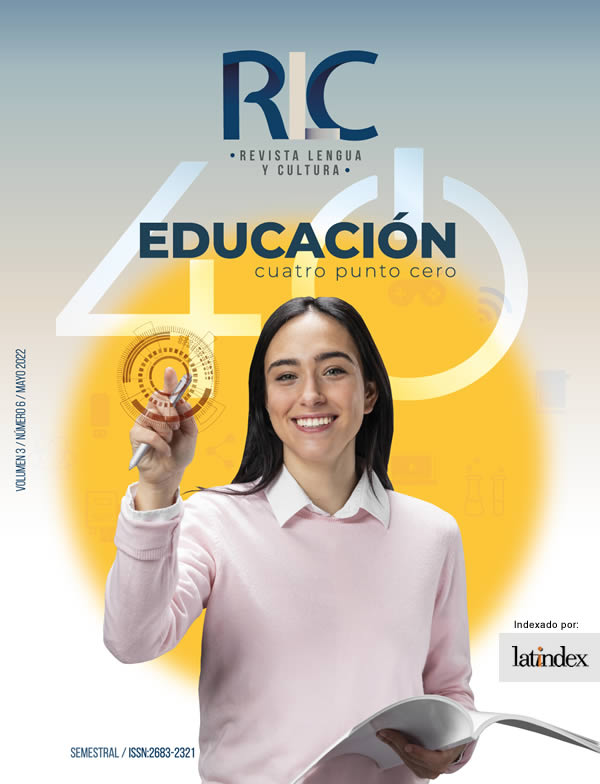Promoting Transcultural Reflection in the French Class through an emblematic Painting by a contemporary Acadian Artist
Abstract
By means of the contemporary remake of a very meaningful work of art for the Acadians (the first French-speaking settlers in the Americas), this paper presents a pedagogical approach for French learners by exposing them to the history of the Acadian people through reflection of a transcultural nature. In an initial stage, the reader will be familiarized with the notion of transculturality as a key element to grasp the contemporary global culture. In a second stage, the French teacher will find a concrete didactic proposal which will promote among students the discovery of a historical milestone in Acadian history: the Great Expulsion –also called the Great Upheaval–, by means of Acadian artist Mario Doucette’s contemporary work of art. The suggested tasks will allow the teacher to involve his students in a discussion inherently transcultural, without passing over the practice of concrete linguistic aspects in the target language. In a final stage, the concept of transculturality will be reviewed in order to highlight its importance within the framework of the didactics of foreign languages-cultures and to emphasize its hopeful potential.
Downloads
References
Benessaieh, A. (2010) Introduction : Amériques transculturelles ? In : Benessaieh, A. (Ed.). (2010) Amériques transculturelles. Transcultural Americas. Les Presses de l’Université d’Ottawa. Apple Books.
Bernd, Z. (2009). Américanité et mobilités transculturelles. Les Presses de l’Université Laval.
Blaise, M. (2008). De la pluralité culturelle à la transculturalité. ELA. Études de linguistique appliquée, 4(152), 451-462. https://doi.org/10.3917/ela.152.0451
Byram, M., Zarate, G., & Neuner, G. (1997). La Compétence socioculturelle dans l'apprentissage et l'enseignement des langues. Éditions du Conseil de l'Europe.
Caron, C.-I. (2015). Les Acadiens. Société historique du Canada (série « L’immigration et l’ethnicité au Canada », brochure nº33). https://genealogieroy.ca/Livres/LesAcadiens.pdf
Forestal, C. (2009). La démarche transculturelle en Didactique des Langues-Cultures : une démarche discutable… et/ou qui mérite d’être discutée. Synergies Pays Riverains de la Baltique, 6, 59-75. http://gerflint.fr/Base/Baltique6/forestal.pdf
Imbert, P. & Benessaieh, A. (2010) Conclusion : La transculturalité relationnelle. Dans : Benessaieh, A. (Ed.). (2010) Amériques transculturelles. Transcultural Americas. Les Presses de l’Université d’Ottawa. Apple Books.
Imbert, P. & Bernd, Z. (Coord.). (2015). Envisager les rencontres transculturelles Brésil-Canada. Les Presses de l’Université Laval.
Maalouf, A. (1998). Les identités meurtrières. Le Livre de Poche, Éditions Grasset & Fasquelle.
Martínez Rossi, S. (2017). La piel como superficie simbólica. Procesos de transculturación en el arte contemporáneo. Fondo de Cultura Económica de España.
Ojeda Rivera, J. F. (2020). Capítulo 6. Multi, Inter y Transculturalidad. Reflexión desde las humanidades sobre la comprensión del diálogo cultural como realidad compleja. In: Tomé da Mata, E. & Rodríguez Camacho, Á. (Coord.). (2020). Aulas Abiertas Tomo III: Inmigración, Raíces e Inclusión Social (pp.149-165). Dykinson, S.L. https://doi.org/10.2307/j.ctv102bmkc
Tena Beltrán, S. (2008). Revisitando los clásicos: El “remake” como subversión del discurso de autoridad y otros simulacros de lo real. Millars. Espai i Història, 31, 211-220. http://dx.doi.org/10.6035/Millars
Welsch, W. (2011). ¿Qué es la transculturalidad? In: Schmidt-Welle, F. (Ed.). (2011). Multiculturalismo, transculturación, heterogeneidad, poscolonialismo: Hacia una crítica de la interculturalidad (pp. 11-40). Herder.
Copyright (c) 2022 Rebeca Isabel Navarro Bajar

This work is licensed under a Creative Commons Attribution-NonCommercial-NoDerivatives 4.0 International License.













